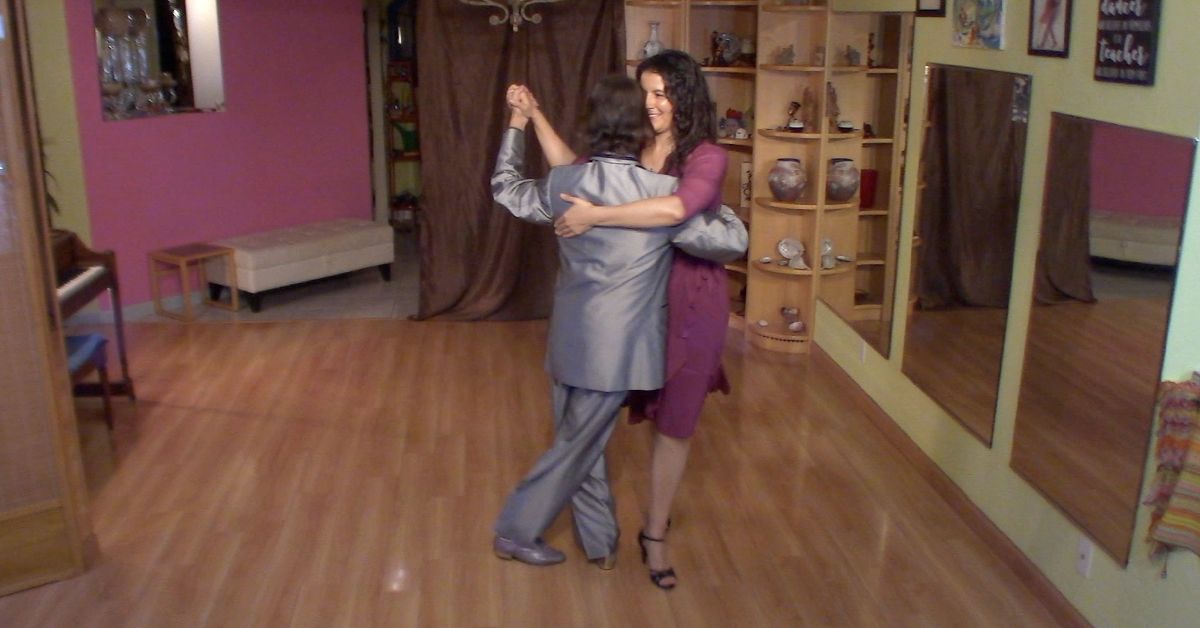“La vi llegar” by Miguel Caló y su Orquesta Típica with Raúl Iriarte in vocals, 1944.
“La vi llegar” by Miguel Caló y su Orquesta Típica with Raúl Iriarte in vocals, 1944.

Raúl Iriarte
Singer (15 October 1916 – 24 August 1982)
He has been one of the tango vocalists most famous and requested in Latin America.
Since an early age he was inclined towards music; he had a devotion for singing and guitar playing.
He had a baritone range, an afflicted voice with special color, perfect diction and good looks.
In 1943 he join the orchestra of Miguel Caló.
Among his many recordings with this orchestra, we highlight “La vi llegar”.
Listen and buy:
-
Amazon music
-
iTunes music
-
Spotify
More Argentine Tango music selected for you:
We have lots more music and history







